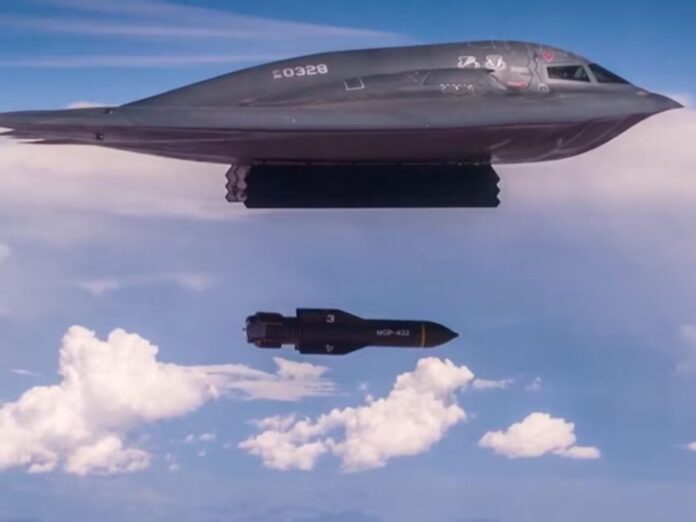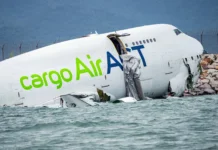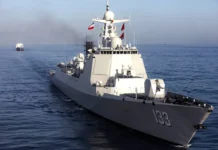In a joint news conference on Sunday, U.S. Defense Secretary Pete Hegseth and Chairman of the Joint Chiefs of Staff General Dan Caine confirmed the success of “Operation Midnight Hammer,” a major overnight air campaign that struck deep into Iran’s nuclear infrastructure.
The operation, launched on Saturday in coordination with Israel, involved over 125 U.S. military aircraft—including B-2 stealth bombers, F-35 fighters, refueling tankers, and surveillance planes—as well as submarine-launched Tomahawk missiles. It marked the first combat use of the U.S. Air Force’s 30,000-pound GBU-57 “bunker buster” bombs.
General Caine described the damage to Iran’s Fordo, Natanz, and Isfahan facilities as “severe.” Fordo, Iran’s most fortified nuclear facility—buried beneath a mountain near Qom—was likely destroyed, said Secretary Hegseth.
“There’s ongoing damage assessment, but the goal was clear: to cripple Iran’s nuclear weapon capabilities, not to pursue regime change,” Hegseth said.
Seven B-2 bombers launched from the continental U.S., with several flying westward as a diversion. The strike aircraft were reportedly not fired upon during the mission, according to Gen. Caine.
While Iran has yet to issue a full response, the strikes follow a week of escalating conflict in the region. Israel’s initial strike on June 13 triggered retaliatory Iranian missile attacks, prompting the broader U.S. intervention.
Though no Iranian military personnel were targeted directly, the Pentagon emphasized that future escalation depends on Tehran’s response. Hegseth said the mission sends “a clear and necessary message” to deter further nuclear ambitions.
Meanwhile, defense stocks showed early signs of recovery on Monday after recent slumps, with Lockheed Martin, Boeing, and RTX among key beneficiaries of the military operation.
Click here to connect with us on WhatsApp for more Breaking News and Updates



















